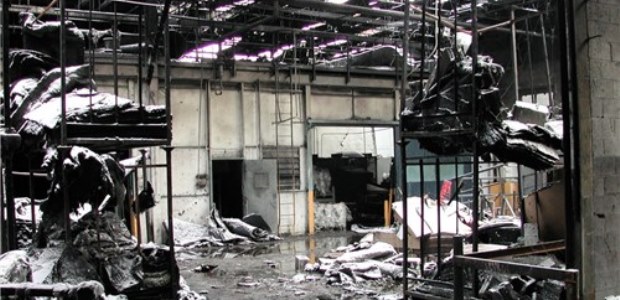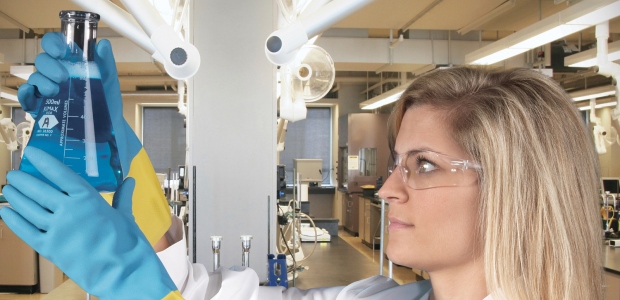
By Jamie Friedlander
San Antonio features gorgeous botanical gardens; restaurants, bars, and galleries along the famed River Walk; SeaWorld San Antonio; Six Flags Fiesta Texas; and a wax museum.

By James M. Hofert, Daniel W. McGrath, Frederick J. Ufkes
Unfortunately, wholesale adoption of GHS hazard classification system principles will disrupt various chemical hazard assessment programs and heighten problems manufacturers and importers will face.

By Michael R. Armatage
It is management's responsibility to know and comply with current treatment preparation requirements and to acquire emergency response equipment that will provide such treatment.

By Kathryn Hess
Evaluating the proper, ANSI-compliant enclosed safety solutions for your climates is an important first step in determining the right solution.

By Karen D. Hamel
Every employee needs to be able to answer these six questions in an emergency.

By AnnMarie Fauske
Any activity that creates dust should be investigated to see whether there is a risk of that dust being combustible.

By Scott Jubeck
Your team's safety depends on selecting the right correlation factor, calibration gas, and LEL sensor for your application.

By Jerry Laws
More and more studies are coming out that document the benefits of ear plug fit testing for industrial workers.

By Mike Myrick
Safety glasses selection seems so simple on the surface, but many factors should influence the choice.

By Ed Ligus
Integrating devices with fast response times into your gas detection toolkit contributes to a stronger safety culture.

The most important thing to remember about surgical masks is that they are not designed to pass a fit test. Their purpose is to help protect the environment and nearby persons from the wearer's contaminants.
By Jerry Laws
Many states provide this protection to engineers and architects. Industrial hygienists and other safety and health professionals should have it, as well.
By
Winning in safety isn't necessarily accomplished with more effort, programs, activities, paperwork, and meetings. In fact, many times, less is more.
By Robert Pater
Every leader has daily choices about how much to maintain continuity toward objectives and how to seek out and be receptive to new opportunities.